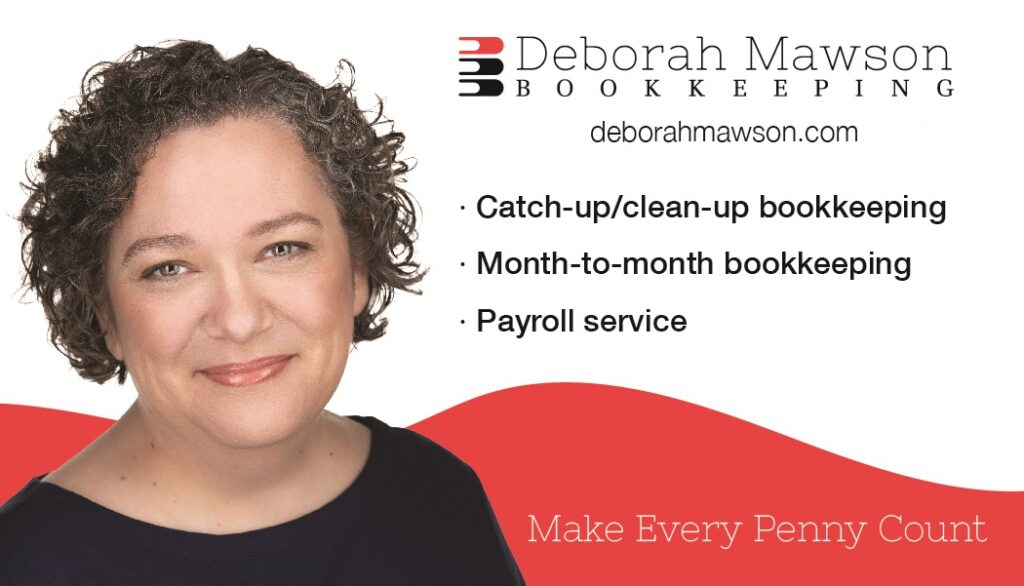
In the construction business, every dollar counts. Material prices are unpredictable, labor costs are ever-increasing, and unforeseen expenses can threaten even the most well-planned projects. Without a solid approach to cost control, these challenges can erode your profits and leave you scrambling to stay afloat.
The good news? Controlling costs doesn’t mean cutting corners or compromising on quality. Instead, it’s about working smarter—making thoughtful, strategic decisions that protect your margins and support long-term growth. Let’s dive into five essential strategies to help your construction business thrive financially.
1. Create Realistic, Comprehensive Budgets
Every successful project begins with a budget, but not just any budget—a detailed, realistic one that considers every potential cost. Skimping on the planning stage might make your bid more competitive, but underestimating expenses can quickly lead to trouble. Unexpected costs, such as material price increases or delays, can wreak havoc on a project and leave you in the red.
A comprehensive budget helps you anticipate challenges and create a roadmap for financial success. Start by including every known cost: labor, materials, equipment, subcontractors, and permits. Don’t forget to add a contingency fund of 5–10% to cover unexpected expenses. Leveraging historical data from similar projects can also improve the accuracy of your estimates. Finally, review your budget regularly throughout the project to ensure you’re staying on track and adjust for any changes along the way.
2. Optimize Material Use and Reduce Waste
Materials often represent one of the largest expenses for contractors, and waste is a silent killer of profits. Improper ordering, mishandling, or over-purchasing can lead to costly waste, leaving money on the table with every project. For example, a shipment of lumber delivered too early might sit in the rain, rendering it unusable. Or, ordering in bulk without careful planning can result in excess materials collecting dust.
To cut down on waste, precision is key. Use takeoff software or detailed measurements to calculate exactly how much material you need for each job. This minimizes over-ordering while ensuring you’re never short.
Scheduling material deliveries to align with project phases can reduce the risk of damage or theft during storage.
And instead of discarding leftover materials, find ways to reuse them on future jobs. A bit of forethought can turn what would’ve been waste into savings.
Imagine a contractor recently completed a home renovation project that required installing hardwood flooring. At the end of the job, they had several full planks of hardwood left over. Instead of discarding them or letting them sit unused in storage, the contractor could repurpose the leftover material on another project.
For instance, if their next project involves building custom shelves or a small accent wall, the hardwood planks could be cut down and used to create a stylish, cohesive look that complements the client’s space.
Alternatively, these materials could be turned into stair risers or trim pieces for a different home renovation, adding value without additional material costs.
This approach not only reduces waste but also creates an opportunity to highlight the contractor’s resourcefulness and commitment to sustainability—qualities that clients increasingly appreciate. It’s a win-win for the business and the environment.
3. Strengthen Vendor and Supplier Relationships
Your relationships with vendors and suppliers are more valuable than you might realize. A reliable supplier isn’t just someone who provides materials on time—it’s a partner who can help you manage costs effectively. From bulk discounts to favorable payment terms, strong relationships can lead to tangible financial benefits.
Building these connections takes time and effort. Here’s how to nurture these partnerships:
- Communicate Regularly: Keep open lines of communication to address issues quickly and maintain trust.
- Negotiate Smartly: Don’t hesitate to ask for bulk discounts or explore loyalty-based incentives.
- Pay Promptly: Reliable payment habits often lead to preferred customer treatment
Vendors are more likely to offer perks, such as expedited shipping or extended credit terms, to customers they trust.
These relationships can give you a competitive edge in both pricing and service quality.
4. Maximize Labor Efficiency
Labor is one of the most significant expenses in construction, so inefficiencies in this area can quickly drive up costs. Whether it’s unproductive downtime, unclear project expectations, or costly overtime, these issues add up and take a toll on your bottom line.
To improve labor efficiency, start with clear and detailed planning. Well-defined schedules and clear communication ensure everyone knows their roles, reducing confusion and wasted time.
Investing in skilled workers may seem like a higher upfront cost, but experienced professionals often complete tasks more efficiently and with fewer errors, saving you money in the long run.
Finally, monitor workloads carefully to minimize overtime hours. While overtime may be unavoidable at times, excessive reliance on it can drain your profits.
Plus, minimizing overtime leads to healthier, happier employees who are more engaged and productive. Well-rested workers are less prone to mistakes, reducing rework costs and enhancing the overall quality of the project.
5. Regularly Review and Adjust Costs

Cost control isn’t a one-time task—it’s an ongoing process that requires regular attention. Without a system for monitoring and analyzing your expenses, inefficiencies can go unnoticed, eating away at your profits over time. Regular reviews ensure that you’re staying ahead of problems and continuously optimizing your operations.
Start by tracking expenses by project, breaking them down into categories such as labor, materials, and subcontractors. This level of detail allows you to pinpoint where your money is going and identify areas for improvement.
Monthly financial reports are an invaluable tool for assessing profitability, spotting trends, and making informed decisions. For example, if certain projects consistently run over budget, it’s a sign that adjustments are needed in your bidding or project management processes.
Working with a professional bookkeeper can take your cost reviews to the next level. They can provide clear, actionable insights and help you maintain accurate records, freeing up your time to focus on running your business.
Build a More Profitable Future
Implementing these cost control strategies can help you protect your margins, manage financial challenges, and build a more profitable construction business. By budgeting comprehensively, reducing waste, strengthening vendor relationships, maximizing labor efficiency, and regularly reviewing your finances, you’ll be equipped to tackle challenges head-on while safeguarding your bottom line.
Need help optimizing your financial operations? Deborah Mawson Bookkeeping specializes in helping contractors streamline their expenses and maximize profitability. Schedule a Discovery Call today to take control of your construction finances and set your business up for long-term success.



